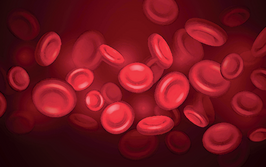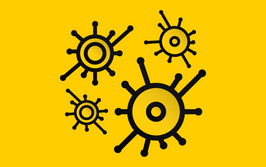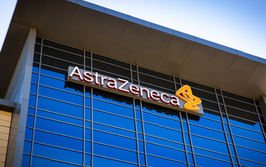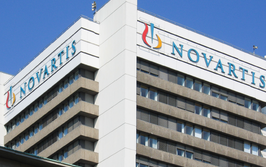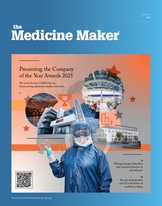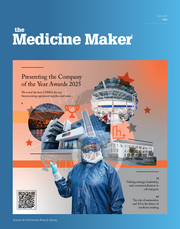Appreciating the Potential of 3D Printing
Aprecia was actually founded in 2003 specifically to focus on – and unlock – the potential of 3D printing for pharmaceutical applications.
Tom West, Project Director, Manager of Intellectual Property at Aprecia Pharmaceuticals, shares the story behind the company’s ZipDose Technology.
How did Aprecia become interested in 3D printing?
Aprecia was actually founded in 2003 specifically to focus on – and unlock – the potential of 3D printing for pharmaceutical applications. The technology we use is powder-liquid 3D printing, which we licensed from the Massachusetts Institute of Technology for pharmaceutical applications. The founders of our company had a real appreciation for 3D printing and recognized its potential in pharma. However, the ability to use the technology on a larger scale was missing, so Aprecia’s first job was to develop equipment that could fill the big gap.
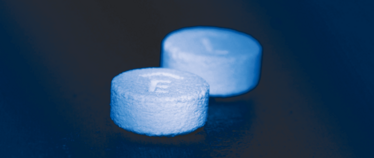
How did you find your focus?
When looking at all the different things that 3D printing could do for pharma, we tried to focus on what we thought would be a promising first area for commercial applicability. Fairly quickly, we realized that you don’t tend to see fast-melt applications for high-dose medicines (over 200 mg), despite all the established and successful technologies – at least not in the US, where the biggest cluster is actually for drugs under 50 mg. Clearly, there was a real opportunity to help patients that are struggling with larger tablets. We did some experiments in the lab and we found that 3D printing with our ZipDose platform can help produce high-dose formulation with rapid disintegration; the dose dissolves in seconds with a sip of liquid. This is the ZipDose formulation.
How does ZipDose Technology work?
First, let’s be clear on what is a manufacturing process versus a product platform. 3D printing is a manufacturing process. The ZipDose formulation is a product of the manufacturing platform, which combines formulation science and materials science, with the capabilities of 3D printing to tailor and fine-tune the parameters of the process for certain materials to make a fast-melt formulation.
ZipDose Technology uses powder-liquid based 3D printing, which spreads a powder in thin layers and uses a liquid solution to bind it all together, layer after layer. We use materials that are most appropriate for fast melt and choose a series of printing parameters that, in essence, carefully stitch or bind the materials together. Although we had a lot of familiarity and experience in the area, a lot of the material selection was trial and error, with the main focuses being on things like particle size and the right mouth feel. The materials that we use are all conventionally available – but the way we deploy them is unique.
What are the advantages?
For patients, the main advantage is a medicine that does not need to be swallowed intact. Sometimes there are effective drugs to treat a disease, but without a suitable dosage form for a particular patient. In our application, where we remove the need to swallow the medicine intact, there are many benefits for children, the elderly and other patients with swallowing difficulties.
We don’t think of our technology – or 3D printing in general – as something that is analogous to high-speed tableting. We offer a specialized product for specific needs. Of course, it’s more expensive than producing the cheapest tablets using the cheapest manufacturing methods, but it is competitive to other advanced techniques, such as freeze drying.
The first FDA approval is a real milestone...
It’s a very exciting time for us. And I think a company had to be born to do this. Very early on we were able to really focus on 3D printing, and we put everything we had into building the platform to make it work – and we were deliberately quiet about our endeavors!
Now that we can share our success, the reaction has been really positive – not just from the public and the media, but also in terms of confidential queries from those who are interested in learning more. Our initial focus is on our internally driven products – SPRITAM (levetiracetam) and the rest of our pipeline – but over time, we may start looking at collaborative opportunities to explore the potential of ZipDose Technology in other therapeutic areas. We will likely look at new product platforms in the future as well; after all, powder-liquid 3D printing could also be used for controlled release, multi-phasic release or fixed dose combinations.

Making great scientific magazines isn’t just about delivering knowledge and high quality content; it’s also about packaging these in the right words to ensure that someone is truly inspired by a topic. My passion is ensuring that our authors’ expertise is presented as a seamless and enjoyable reading experience, whether in print, in digital or on social media. I’ve spent fourteen years writing and editing features for scientific and manufacturing publications, and in making this content engaging and accessible without sacrificing its scientific integrity. There is nothing better than a magazine with great content that feels great to read.


